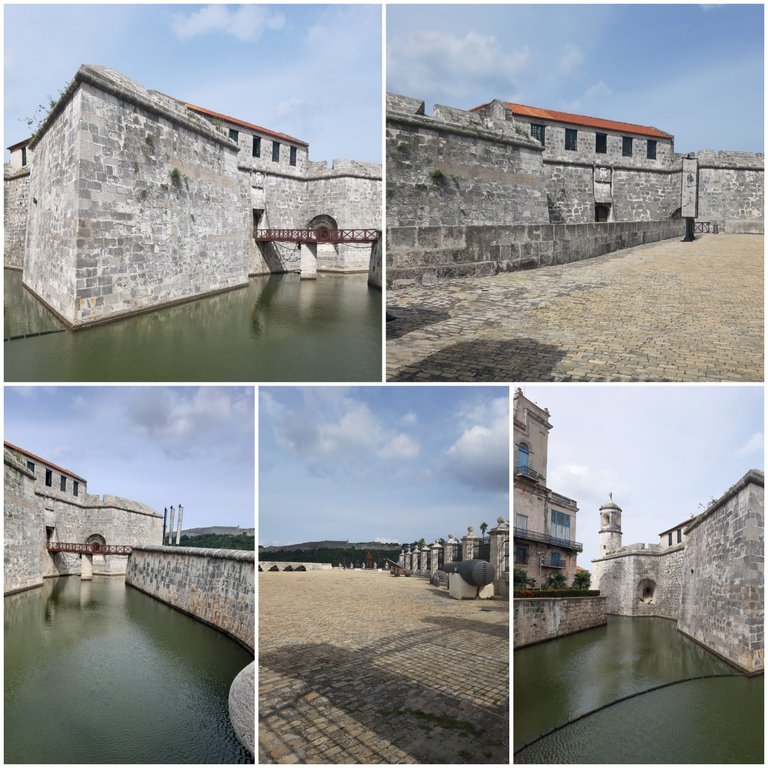
English Version
Greetings friends and members of the community. A few days ago I went for a walk to the historic center of Havana, and on the way I passed by the outskirts of the majestic Castillo de la Real Fuerza.
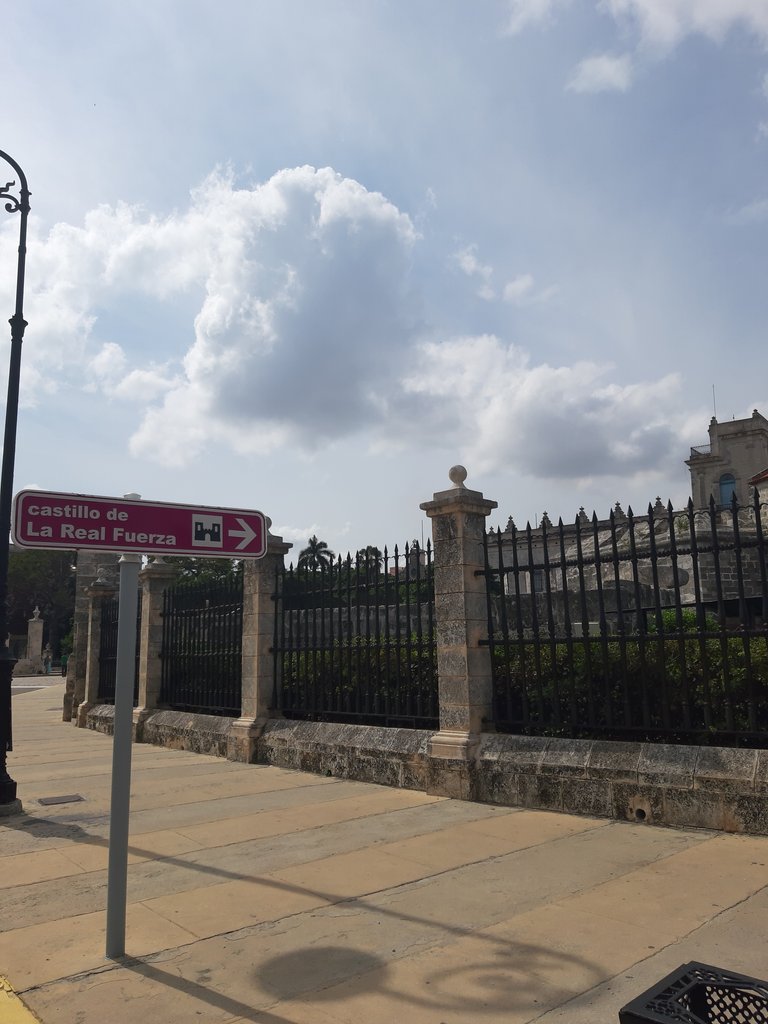
The Castillo de la Real Fuerza is an ancient military fortification dating from the time of Spanish rule in Cuba. It was built in the 15th century, and today it is the oldest surviving military fortress in the region of the Americas. It is located in front of the Avenida del Puerto adjacent to Havana's Malecon, and at the entrance of the well-known Plaza de Armas, and at the top of its tower is the Giraldilla, the symbol of Havana today.
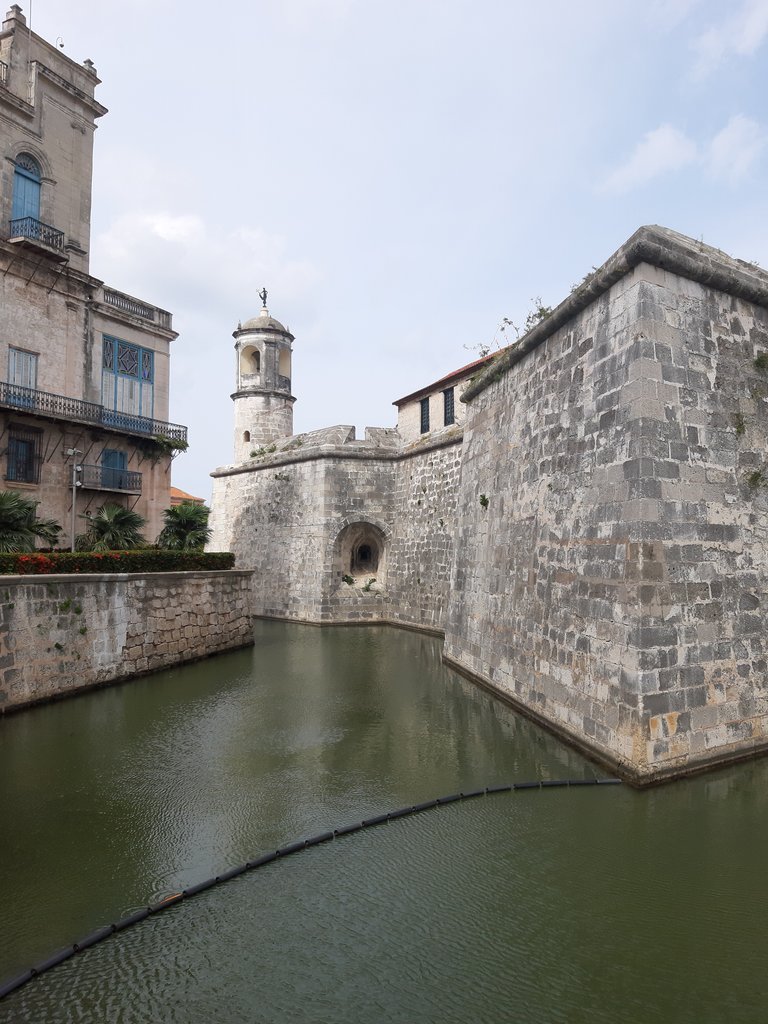
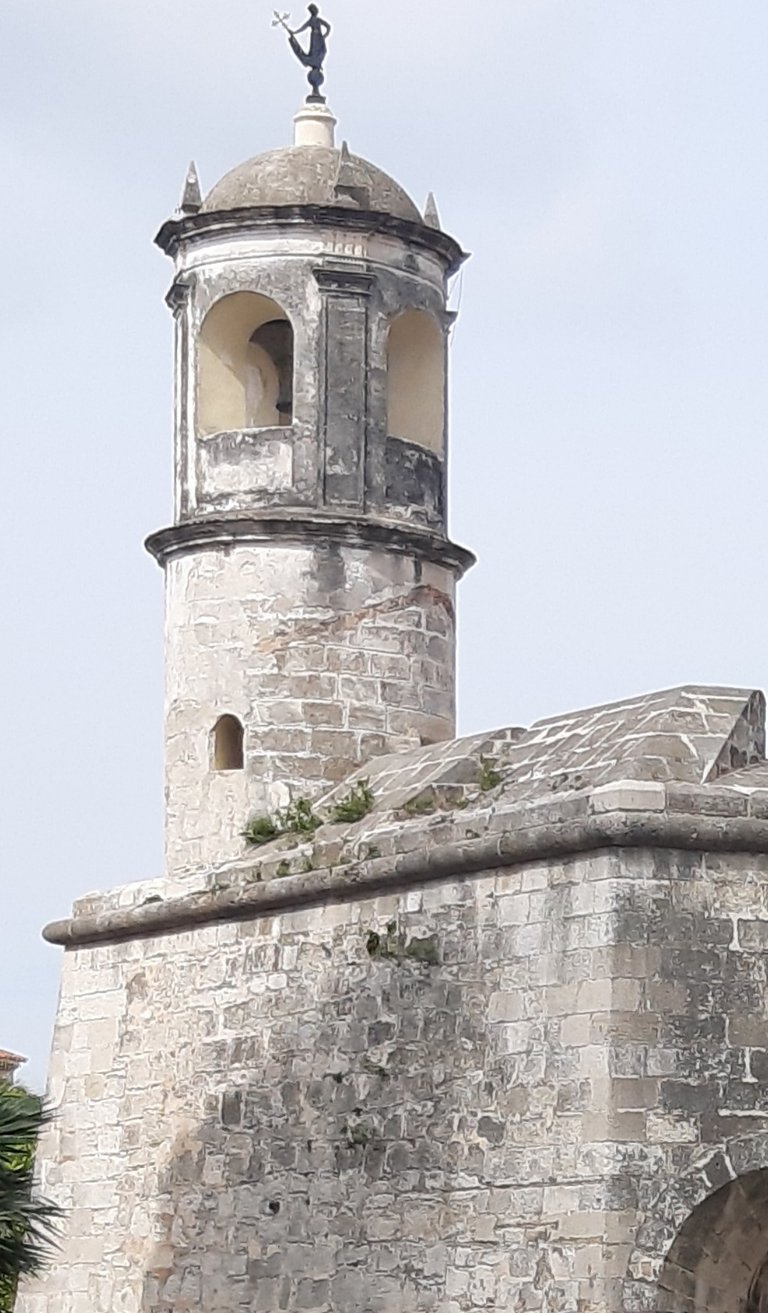
Havana, Villa de San Cristóbal de la Habana at that time in the 15th century, was a place of great strategic geographical and commercial position, due to its location around the Bay of Havana. For this reason, it was always under siege by corsairs and pirates who sometimes managed to take it and cause destruction, as did the pirate Jacques de Sores. For this reason, the need arose for the creation of military fortresses to resist naval invasions, which led to the construction of this castle.
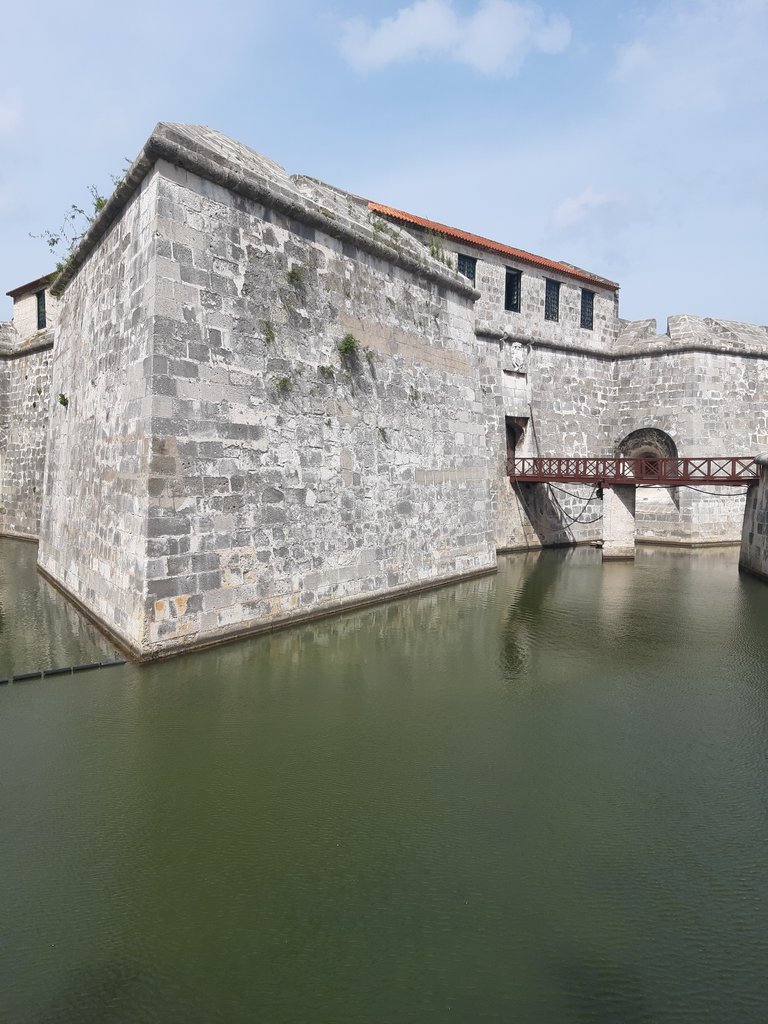
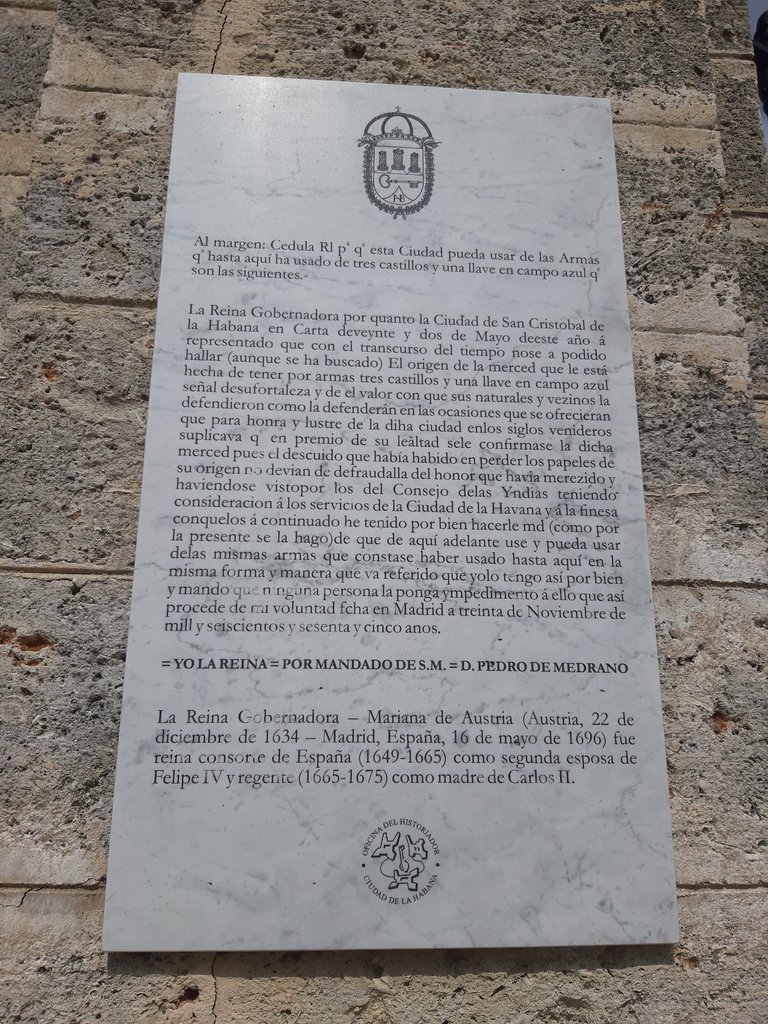
The design of the castle is in accordance with the style of the time, with a square plan and divided into several sections. It is made of reef limestone rock, extracted from the surrounding coastal surfaces. The project was directed by several engineers, and underwent several modifications at different times.
One of its functions was to be the dwelling of the governors of the Villa at the time, and in the capture of Havana by the English it was one of the main centers of defense and military organization to resist those attacks. In fact, one of the elements that can be appreciated here are the old cannons used in the battles.
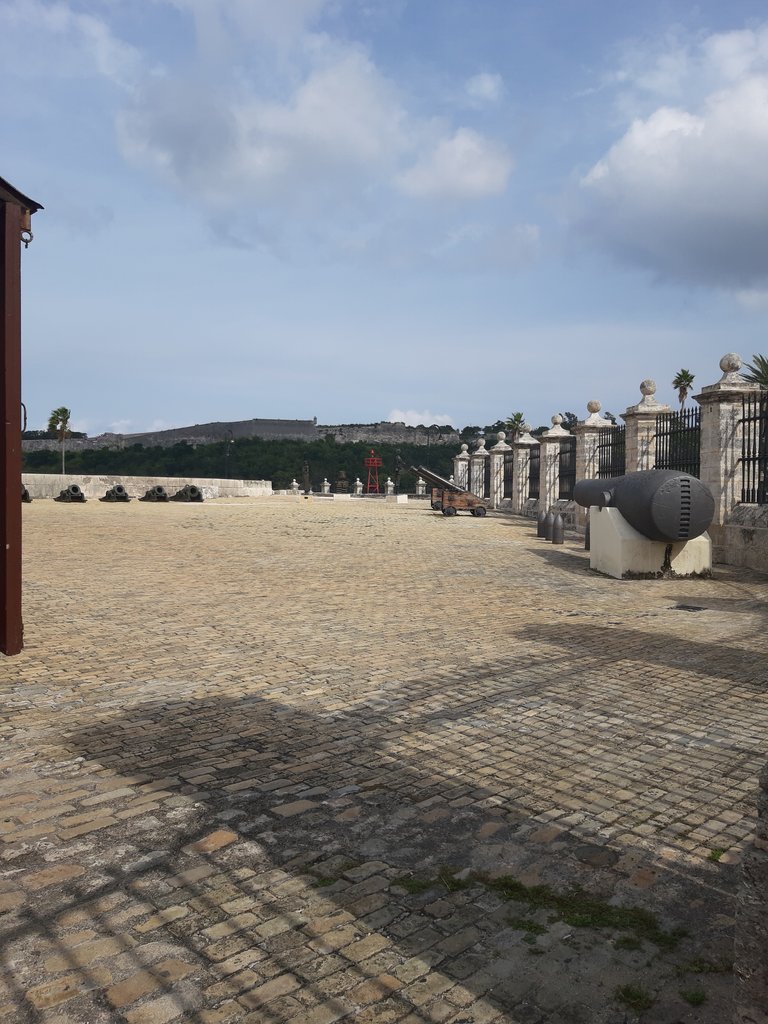
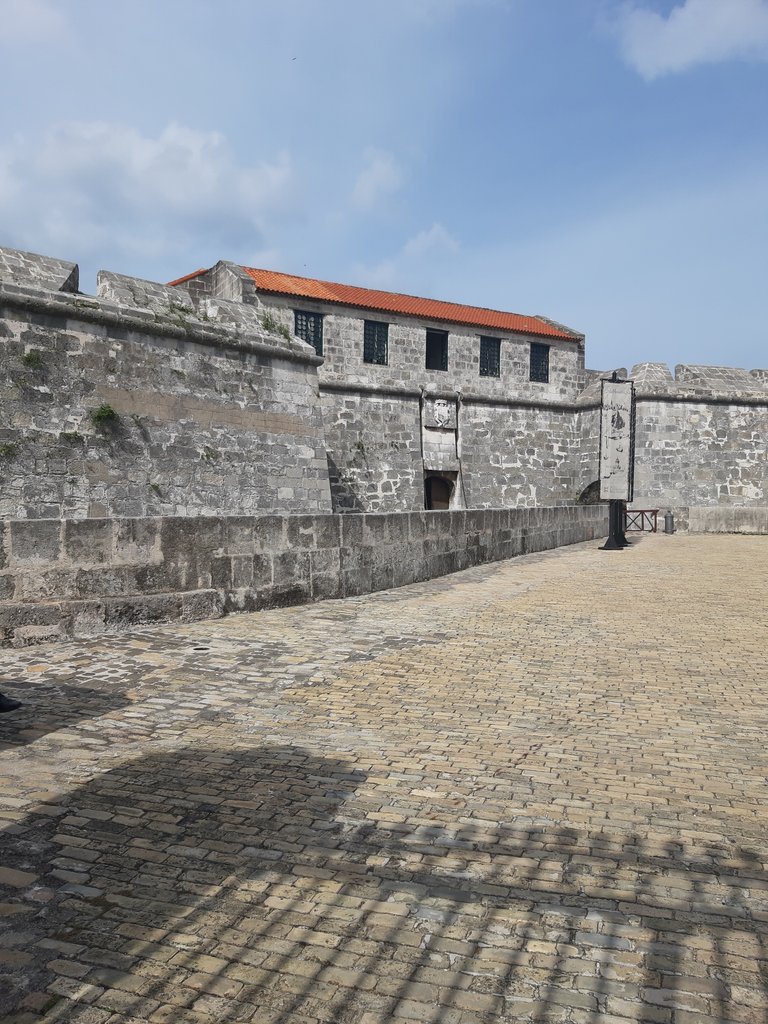
At present the structure has a great preservation thanks to its own resistance and the restoration work carried out by the Office of the Historian of the City.
It preserves the trellis of its outer wall, and in its interior is appreciated as a striking element the access bridge to its interior hanging over the waters of the perimeter moat.
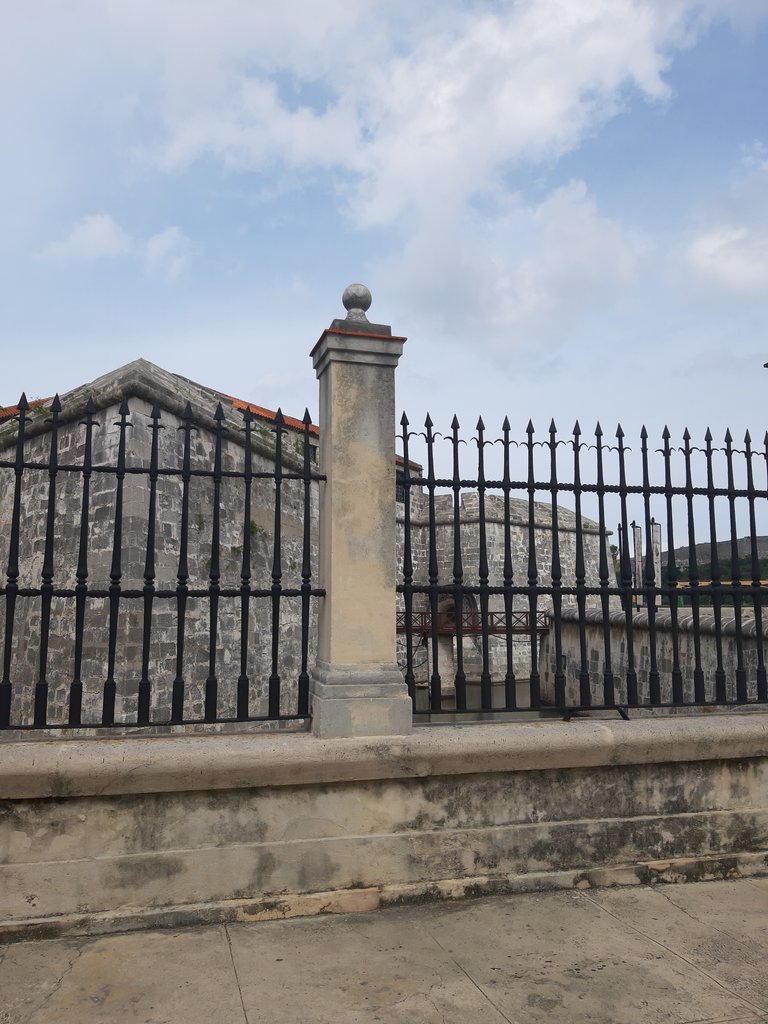
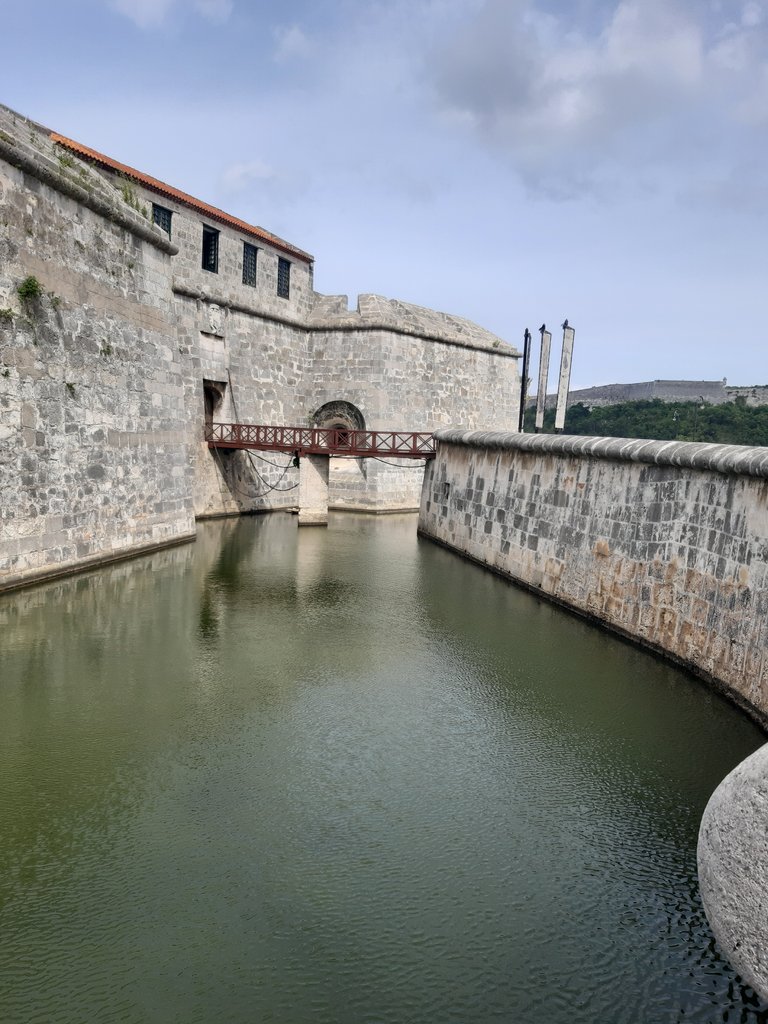
Because of its historical values it is today a museum site, and was declared part of the World Heritage List by UNESCO. One of the wonders of the ancient architecture of the Spanish colonial rule in the largest of the Antilles.
All images are my own, taken with my Samsung Galaxy A7 (Samsung SM-A750FN) cell phone.
Translated at DeepL
Link
Versión en español
Saludos amigos y miembros de la comunidad. Hace unos días fui de paseo al casco histórico de La Habana, y en el trayecto transité por las afueras del majestuoso Castillo de la Real Fuerza.
El Castillo de la Real Fuerza es una fortificación militar antigua que data del tiempo del dominio español en Cuba. Fue construida en el siglo XV, y hoy por hoy es la fortaleza militar más antigua que perdura en la región de las Américas. Se encuentra emplazada frente a la Avenida del Puerto adyacente al malecón habanero, y a la entrada de la conocida Plaza de Armas, y en la cima de su torre se halla la Giraldilla, símbolo de La Habana en la actualidad.
La Habana, Villa de San Cristóbal de la Habana por aquel tiempo del siglo XV, era un lugar de gran posición estratégica geográfica y comercialmente, debido a su emplazamiento alrededor de La Bahía de La Habana. Por ello, siempre estuvo bajo el asedio de corsarios y piratas que en ocasiones lograron tomarla y ocasionar destrucción, como lo hizo el pirata Jacques de Sores. Por esta causa, surgió la necesidad de la creación de fortalezas militares para resistir las invasiones navales, de lo cual surgió el proyecto de la construcción de este castillo.
El diseño del mismo está hecho conforme al estilo de la época, con una planta cuadrada y dividido en varias secciones. Está hecho de roca caliza arrecifal, extraída de las superficies costeras propias del entorno. El proyecto fue dirigido por varios ingenieros, y sufrió diversas modificaciones en distintos tiempos.
Una de sus funciones fue la de ser morada de los gobernadores de la Villa en la Época, y en la toma de la Habana por los ingleses fue uno de los principales centros de defensa y organización militar para resistir aquellos embates. De hecho, uno de los elementos que se pueden apreciar en éste son los cañones antiguos utilizados en las contiendas.
En la actualidad la estructura posee una gran preservación gracias a su resistencia propia y a las labores de restauración llevadas a cabo por la Oficina del Historiador de la Ciudad.
Conserva el enrejado de su muro exterior, y en su interior se aprecia como elemento llamativo el puente de acceso a su interior colgado sobre las aguas del foso perimetral.
Por sus valores históricos constituye hoy en día un sitio de museo, y fue declarado como parte de la lista del Patrimonio Mundial por la Unesco. Una de las maravillas de la arquitectura antigua del dominio colonial español en la mayor de las antillas.
Todas las imágenes son de mi propiedad, tomadas con mi teléfono móvil Samsung Galaxy A7 (Samsung SM-A750FN)
Traducido en DeepL
Enlace



